
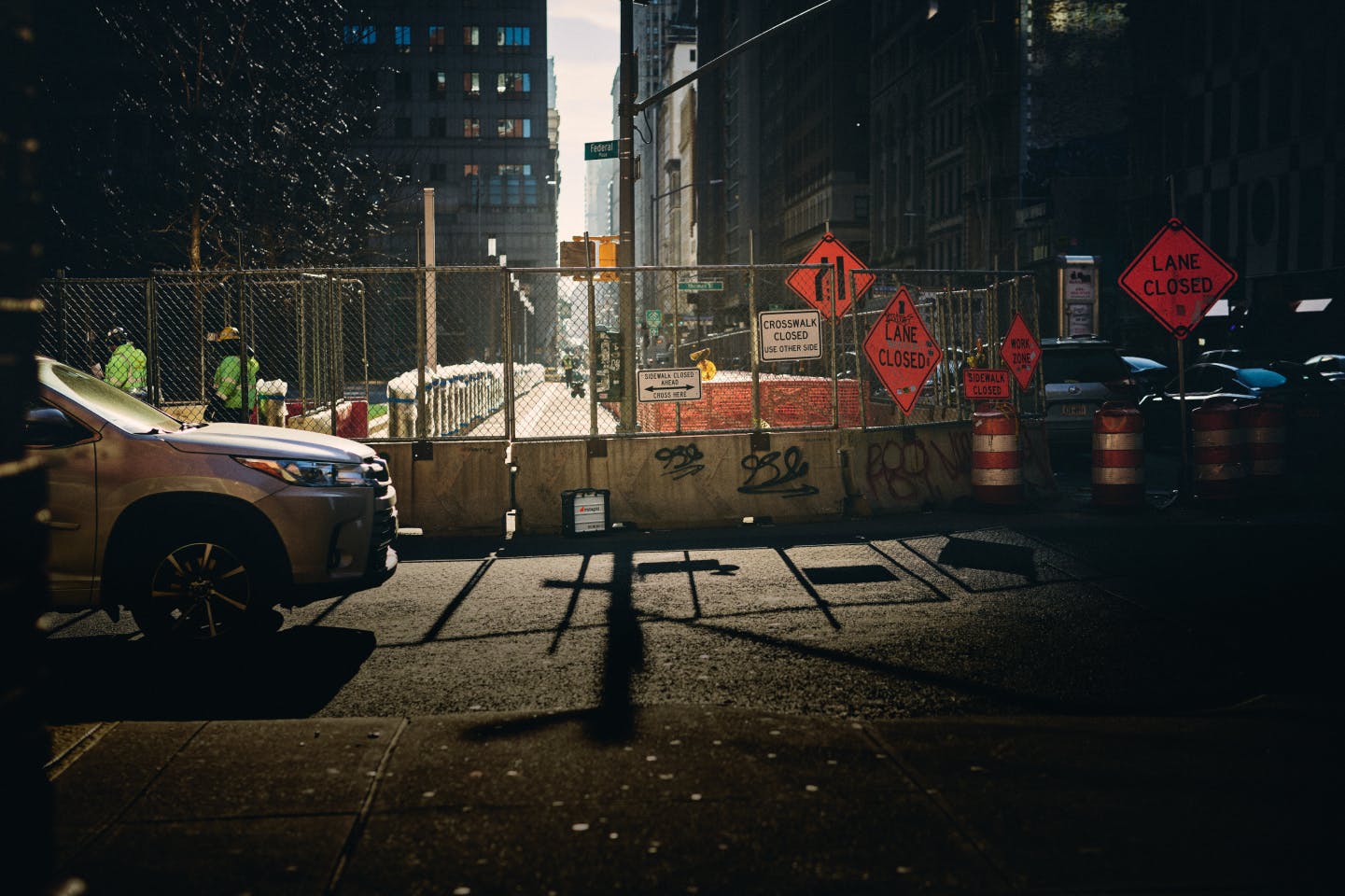
Instant power lasting impact
By 2025, we will save
400t NOx 1,000kt CO2e
Read on to discover how we'll get there
In the clean energy transition, we too often focus on energy generation or transportation. Yet, around one billion small combustion engines pollute our cities and atmosphere every single day. Our cutting-edge portable power technology provides an instant solution to this overlooked problem, all the while cutting costs.
Did you
know?In 2020, UK construction sites used 2.9 billion tonnes of diesel, costing approximately £4.6 billion per year.
Source: Construction Leadership Council, 2020
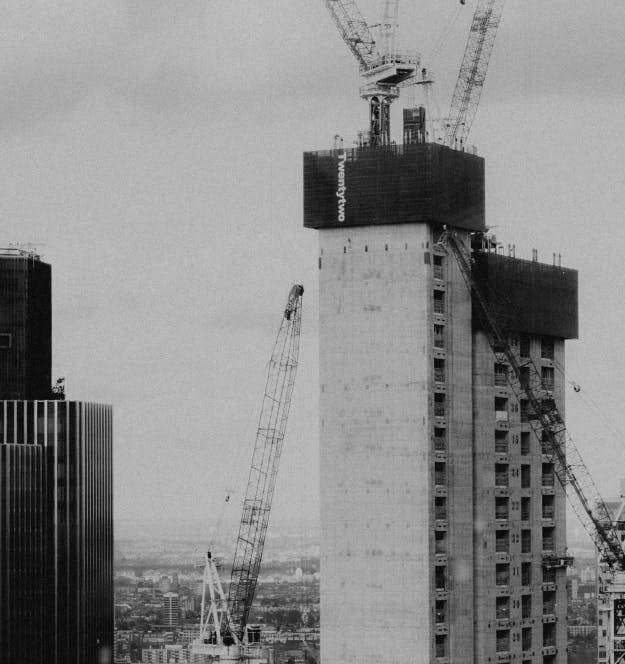
Did you
know?In one hour, a small portable gasoline generator emits the equivalent of driving a typical passenger vehicle for 155 mi.
Source: California Air Resource Board, 2019

Did you
know?In 2023, the diesel generators used in one typical blockbuster film production emitted 462 tons of CO2e, equal to 5½ tanker trucks worth of fuel.
Source: Screen New Deal Report, 2020

Did you know?
Fossil-fueled generators produce 25% of all local exhaust emissions on London construction sites, bringing, health risks to workers and passers-by.
Source: The Guardian, 2017
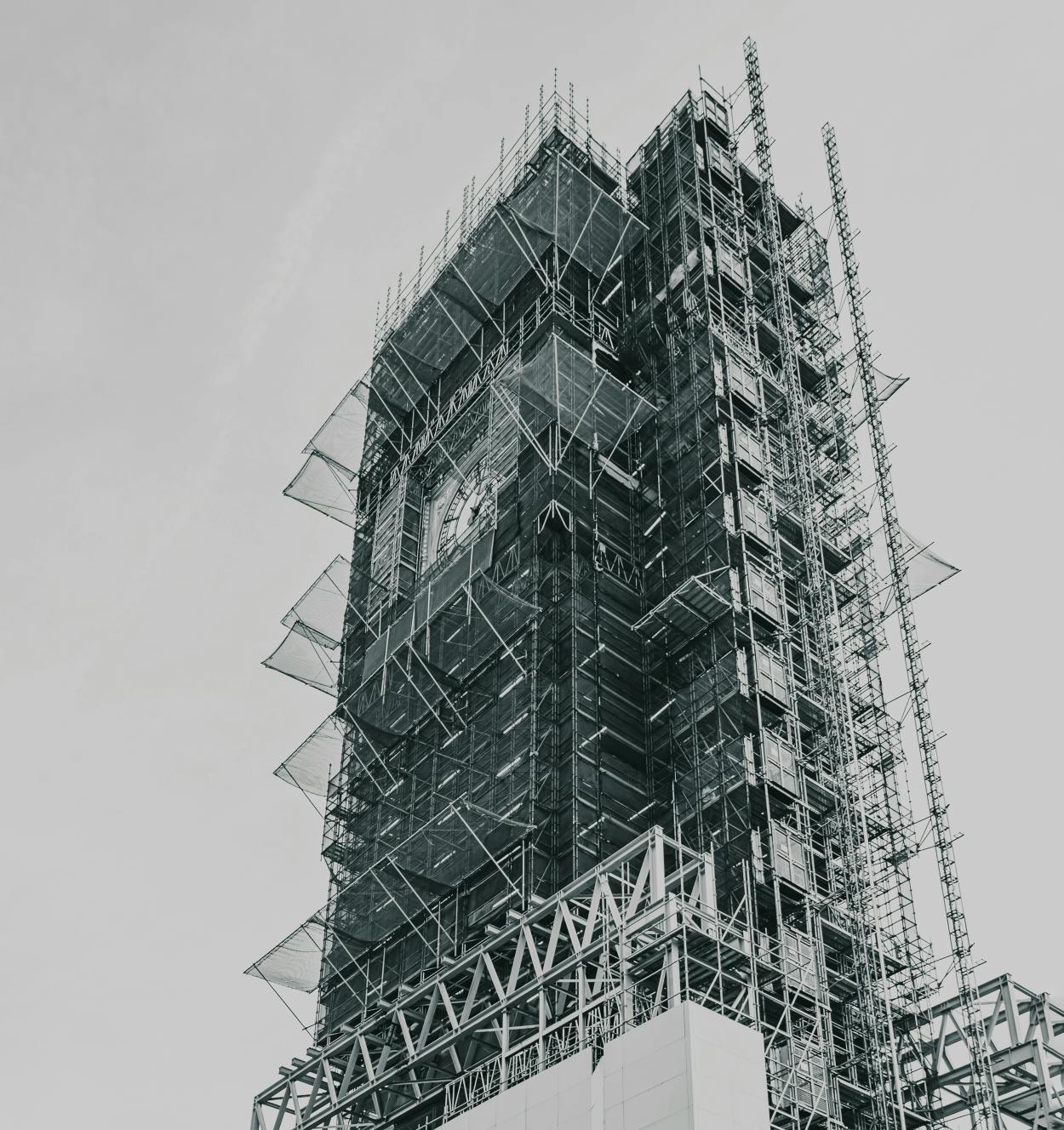
Did you
know?In 2020, UK construction sites used 2.9 billion tonnes of diesel, costing approximately £4.6 billion per year.
Source: Construction Leadership Council, 2020

Did you
know?In one hour, a small portable gasoline generator emits the equivalent of driving a typical passenger vehicle for 155 mi.
Source: California Air Resource Board, 2019

Instagrid powers
Cleaner air
By replacing fuel-driven combustion generators to cut down urban air pollution.
Instagrid powers
Safer workplaces
By removing noise, fumes, and cables to create healthier, happier and safer working environments.
Instagrid powers
Clean energy transition
By helping decarbonize industries reliant on off-grid energy.
Instagrid powers
Reduced costs
By cutting lifetime costs by up to 80%.
Impact in your hands
We understand the daily challenges our customers face on site. We're here to provide impactful solutions. So far, we've accomplished a lot together:
48 t
Removing 48 t of NOx emissions
18.6 kt
Removing 18.6 kt of CO emissions
104 kt
Removing 104 kt of CO2e emissions
7.4 GWH
Delivering 7.4 GWH of clean energy
Calculate the emission savings potential at your workplace
500 liters
How many litres of fuel is consumed by your generator(s) in six months?
*A typical passenger vehicle emits about 4.6 metric tons of CO2 per year. (Source: United States Environmental Protection Agency) 4.6 metric tons of CO2 p.a. = 383kg per month. Switching from petrol generators to the battery-powered Instagrid ONE reduces CO2 emissions by avoiding petrol. Savings are calculated by comparing the two.

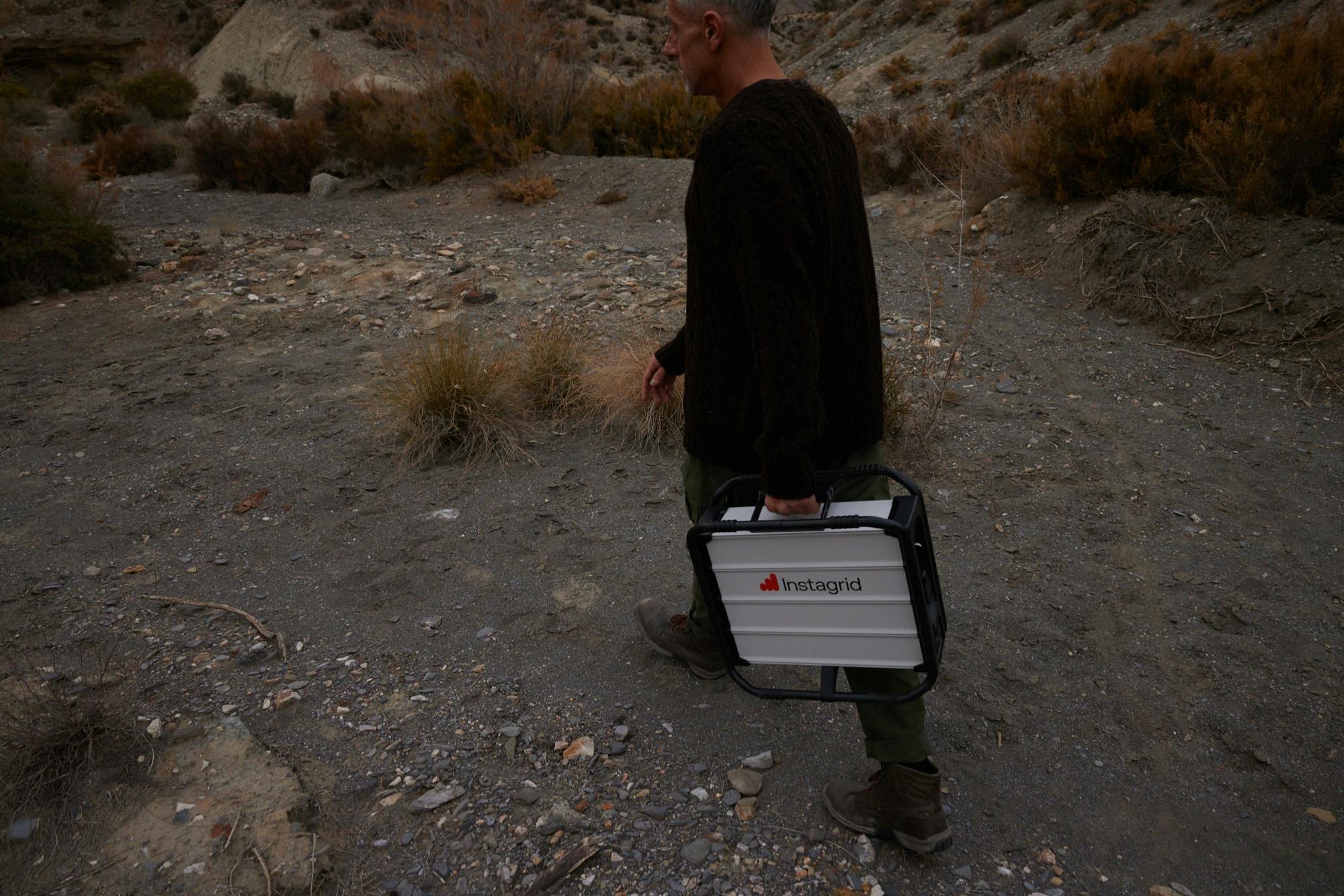
What could be accomplished in your working environment?
Let’s evaluate the possible benefits and impact together.
Partnership powers progress
Groundbreaking innovation is nothing without close partnerships committed to driving a movement together. That’s why we believe we are only as strong as those working by our side. Together, we're not just building power solutions; we're shaping a world where advanced technology meets environmental responsibility and creates lasting impact. Join us in transitioning away from combustion generators to a cleaner alternative for fast, measurable, and real outcomes. What we’ve achieved so far is just the beginning…


CO2e SAVED
This is where we are now; yes, right now
Every portable power supply that replaces a fossil fuelled combustion engine pushes the clean energy transition and helps cut down CO2e emissions. Check out the impact achieved so far and come back later to see how it has grown.
A science-based approach
Looking for more data behind the numbers? We’ve got the facts.
And don’t just take it from us. We turn to external partners to analyze and validate our impact through the whole product lifecycle. With these agencies and following international standards, we’ve conducted extensive studies into the environmental impact of our batteries. Below we have shared the many layers of our product development and design to truly evaluate the impact our innovation carries. Our comparative lifecycle assessment is the basis to many of our calculations and numbers. And the more data we collect, the better we all get.
Impact on every level
Impact is woven in our DNA. From pushing the clean energy transition and setting local emissions to zero to the very core of our product design and its entire lifecycle.
Every angle considered
Our product development is driven by impact. We consider every aspect of the product, from the materials used to its individual components, modular design to it end-of-life disposal. We are guided by our Sustainable Product Development Guidelines in doing so.
Find your nearest recycling partner
We’re currently extending partnerships with battery recycling experts to increase our service and will continuously add these to our partner list.
Meet the changemakers
At Instagrid, our journey toward sustainability is steered by a team of dedicated innovators, from engineers to environmental experts. The passionate minds behind our revolutionary products are driving positive change with every development and design choice.

Robert
Industrial Designer
"What materials do we use, and how are they connected? These are important questions we ask ourselves throughout the entire product development to design them sustainable. We rate each stage of the product life cycle as equally important, from production to the end of life; otherwise, it doesn't fit our definition of good design."
Meet the changemakers
At Instagrid, our journey towards sustainability is steered by a team of dedicated innovators, from engineers, designers, environmental experts and marketeers. The passionate minds behind our revolutionary products are driving positive change with every development and design choice, each step of the way.

Jihen
Head of Test & Validation
"Our approach to sustainability is keeping the product in its first life as long as possible to maximize the use of each component. We support this through rigorous testing and validation to ensure they can maintain performance in robust environments."
Meet the changemakers
At Instagrid, our journey towards sustainability is steered by a team of dedicated innovators, from engineers, designers, environmental experts and marketeers. The passionate minds behind our revolutionary products are driving positive change with every development and design choice, each step of the way.
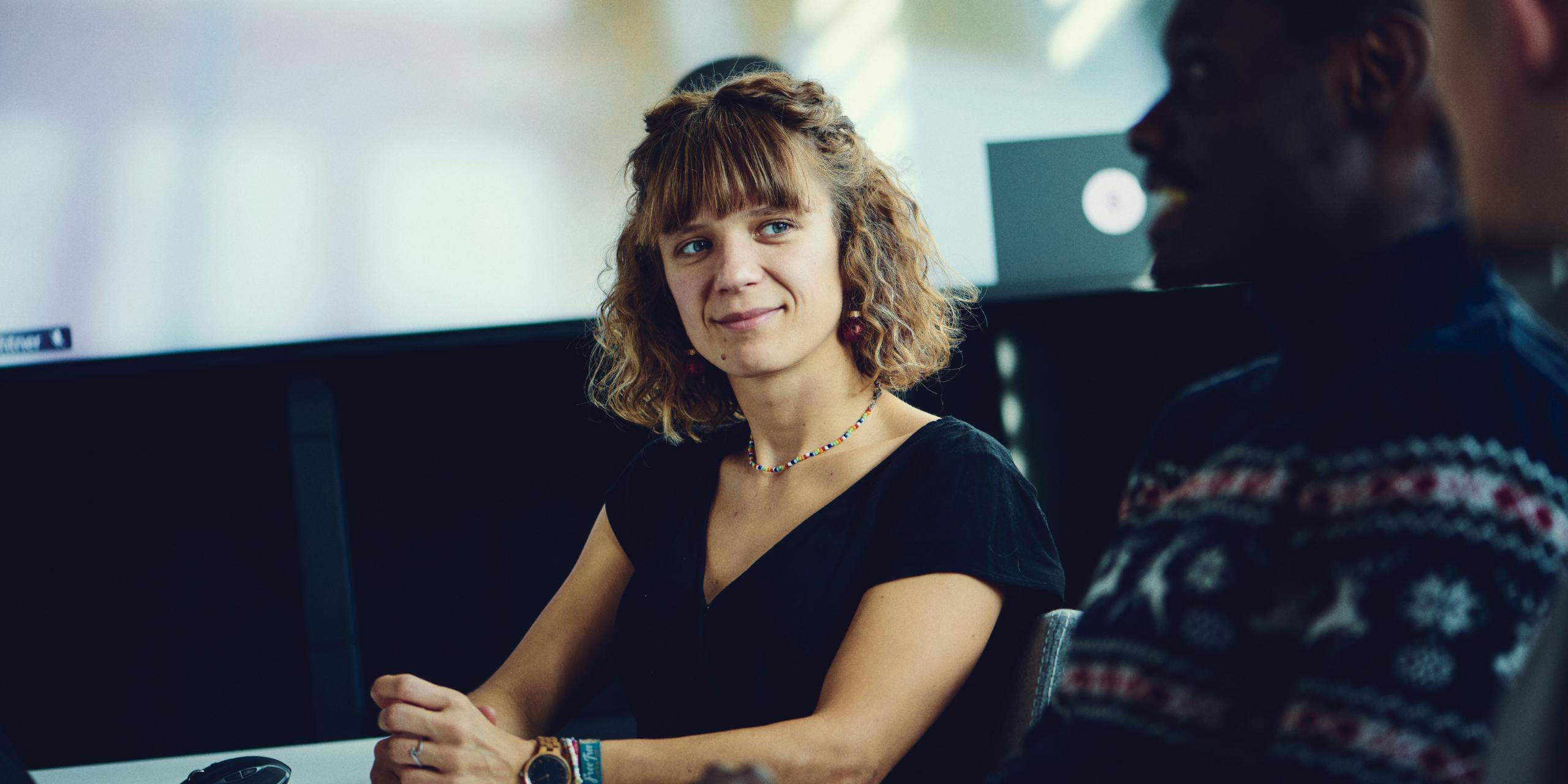
Anna
Environmental Manager
"What do we need to do to ensure products can be reused? How can we contribute to efficient recycling while developing a product? These are questions that we are tackling together in our sustainable product development team."
Meet the changemakers
At Instagrid, our journey towards sustainability is steered by a team of dedicated innovators, from engineers, designers, environmental experts and marketeers. The passionate minds behind our revolutionary products are driving positive change with every development and design choice, each step of the way.
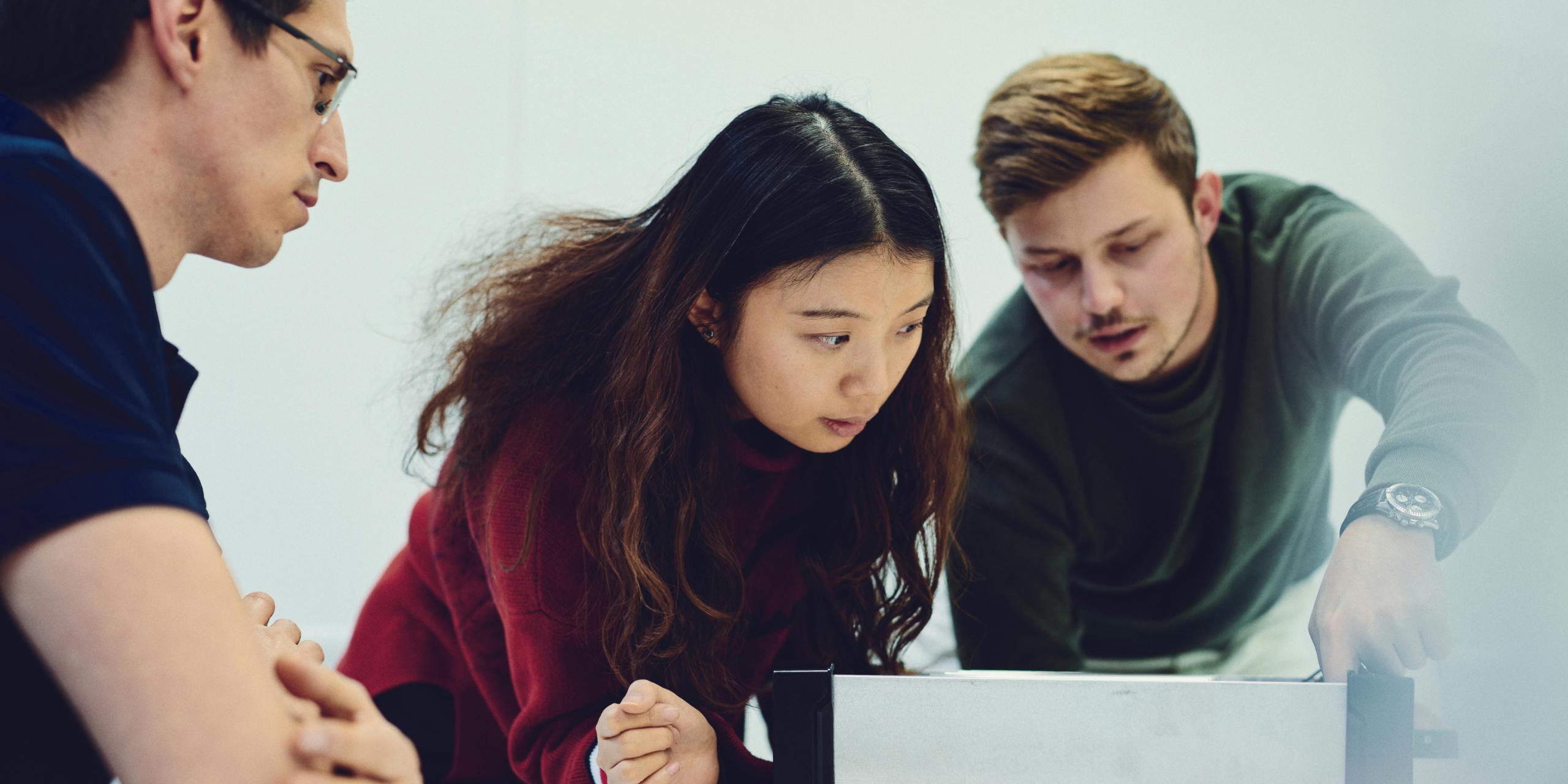
Christian
Project Manager
"When developing a new product, we always consider how to design it in a way that repair and dismantling can be facilitated."
Meet the changemakers
At Instagrid, our journey toward sustainability is steered by a team of dedicated innovators, from engineers to environmental experts. The passionate minds behind our revolutionary products are driving positive change with every development and design choice.

Robert
Industrial Designer
"What materials do we use, and how are they connected? These are important questions we ask ourselves throughout the entire product development to design them sustainable. We rate each stage of the product life cycle as equally important, from production to the end of life; otherwise, it doesn't fit our definition of good design."
Meet the changemakers
At Instagrid, our journey towards sustainability is steered by a team of dedicated innovators, from engineers, designers, environmental experts and marketeers. The passionate minds behind our revolutionary products are driving positive change with every development and design choice, each step of the way.

Jihen
Head of Test & Validation
"Our approach to sustainability is keeping the product in its first life as long as possible to maximize the use of each component. We support this through rigorous testing and validation to ensure they can maintain performance in robust environments."
We want to answer all your questions – including the tough ones
Anything left unanswered? Take a look at our FAQ below or download the full impact report to find a more extensive review and data of our impact in 2023. If you can’t find what you’re looking for, drop us a message. We’ll be happy to answer anything – even the tough ones.
FAQ
Do batteries have bigger emissions over lifetime than combustion engines?
Do batteries have bigger emissions over lifetime than combustion engines?
We’ve conducted a life cycle assessment according to ISO 14040 and ISO 14044 to get the full picture of the emissions associated with portable batteries, comparing the life cycle emissions of the Instagrid ONE to those of combustion generators. Four life cycle stages were considered: production, transportation, use, and end-of-life. The results show that portable batteries have a significantly lower product carbon footprint than generators. The analysis has been reviewed and certified by TÜV Nord Umwelt GmbH.
Are the batteries thrown away after they've done their job?
Are the batteries thrown away after they've done their job?
There are several options to choose from when a battery reaches its end-of-life, whether through wear or defect. The three most common options are: a) Extending the initial use-phase (through repair and re-manufacturing) b) Repurposing (also called second-life) c) Recycling The best option is to keep a product in its initial use phase as long as possible so that the duty time of each component is maximised. In a battery product, components are often joined by material-to-material connections (e.g. through welding), making the replacement of relevant parts and components often impossible. At Instagrid, we follow clear design rules (called Sustainable Product Development Guidelines). Modularity is at the core of our design philosophy, allowing us to dismantle the product and facilitate the repair of its components. This also empowers customers to repair minor defects themselves, while major issues are handled by our technical service team.
Thanks to the modular design of our products, it is possible to replace single components instead of replacing entire systems. Additionally, we are launching our Reuse and Recycling Program in 2024 to evaluate second-life options for electronics and battery modules.
It is also the key to provide the best possible design for re-use and recycling.
Can a battery be properly recycled?
Can a battery be properly recycled?
Today, commercial recycling is mostly limited to physical pre-treatment, followed by a pyrometallurgic process that only recovers a small fraction of the materials. We believe that as a young company, we have a role to play in helping push a recycling transition and partner to find new approaches to commercial recycling of battery cells. To make strides in this area, we have done three things: 1. We participate in national take-back schemes in 23 countries and continuously expand these partnerships. 2. We’ve teamed up with an external partner to assess that 91% of our product can be recycled. We’re looking to better understand which technology is needed to recycle specific components, and which components are critical and subject to disposal.
3. We are establishing partnerships with experts in the recycling field for different components, such as printed circuit board assemblies (PCBAs) and battery cells, to explore innovative recycling strategies.
How about responsible sourcing?
How about responsible sourcing?
As a young company, we have begun by building trusted relationships with our direct suppliers and working together with them and their sub-suppliers to have a positive impact deeper down the supply chain. We carefully select our suppliers (and request them to do so with their sub-suppliers) according to our self-set sustainability guidelines consisting of environmental and social requirements.
We are aware that long supply chains which involve critical materials can be impacted by human rights violations such as modern slavery or child labour in the deeper supply chain. We seek to avoid, prevent, mitigate and end these negative impacts where possible. In 2023, we rolled out an audit programme covering social and environmental criteria. We are mapping our supply chain step-by-step to understand potential risks and impacts in the social context. We are also reaching out to suppliers of critical components to learn more about their due diligence and understand where we can support or join forces. We foster a culture of transparency and open collaboration. Through this, we create opportunities for mutual learning, transparent communication and building trusting and long-lasting relationships.
Interested in more information on our supply chain? Dive into our 2023 Impact Report.
What does Instagrid expect of its suppliers and business partners?
What does Instagrid expect of its suppliers and business partners?
At Instagrid, we expect our suppliers and business partners to share our values and follow ethical business practices. Therefore, we have implemented Responsible Sourcing Principles based on the Instagrid Code of Conduct. The principles cover the areas of labour rights, human rights, health and safety, and environmental protection and product circularity.
Read more about our responsible sourcing here.
Where can I report a violation of Instagrid’s principles?
Where can I report a violation of Instagrid’s principles?
To maintain transparency and prevent violations of Instagrid Responsible Sourcing Principles, we have established a whistleblower tool. This system empowers suppliers, business partners and employees to report activities that are considered illegal or unethical.
If you want to access the whistleblower tool, click here.